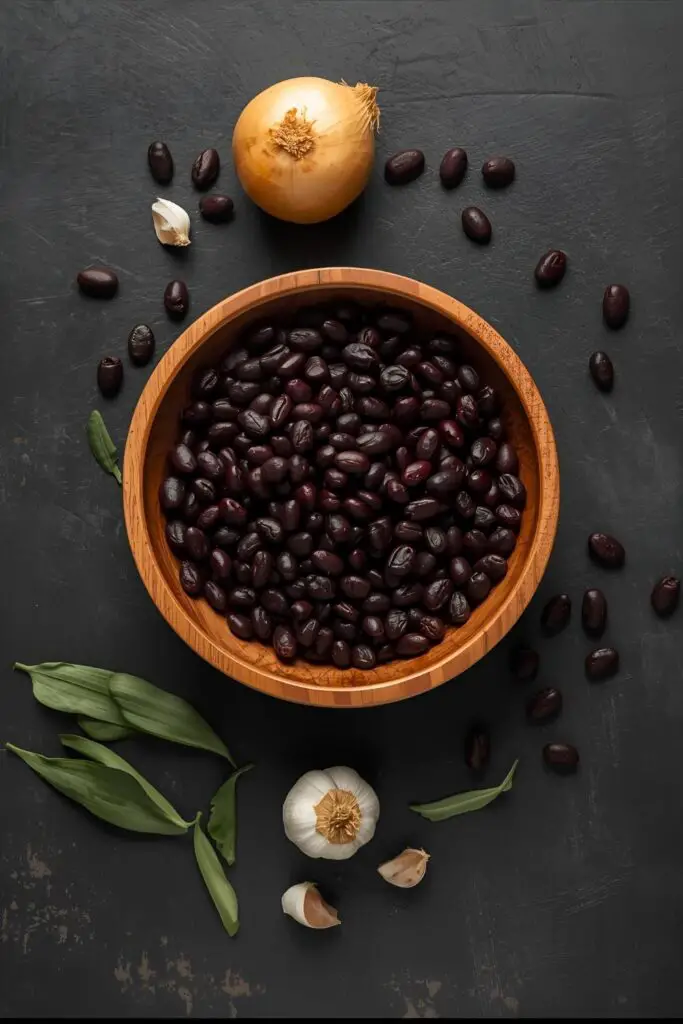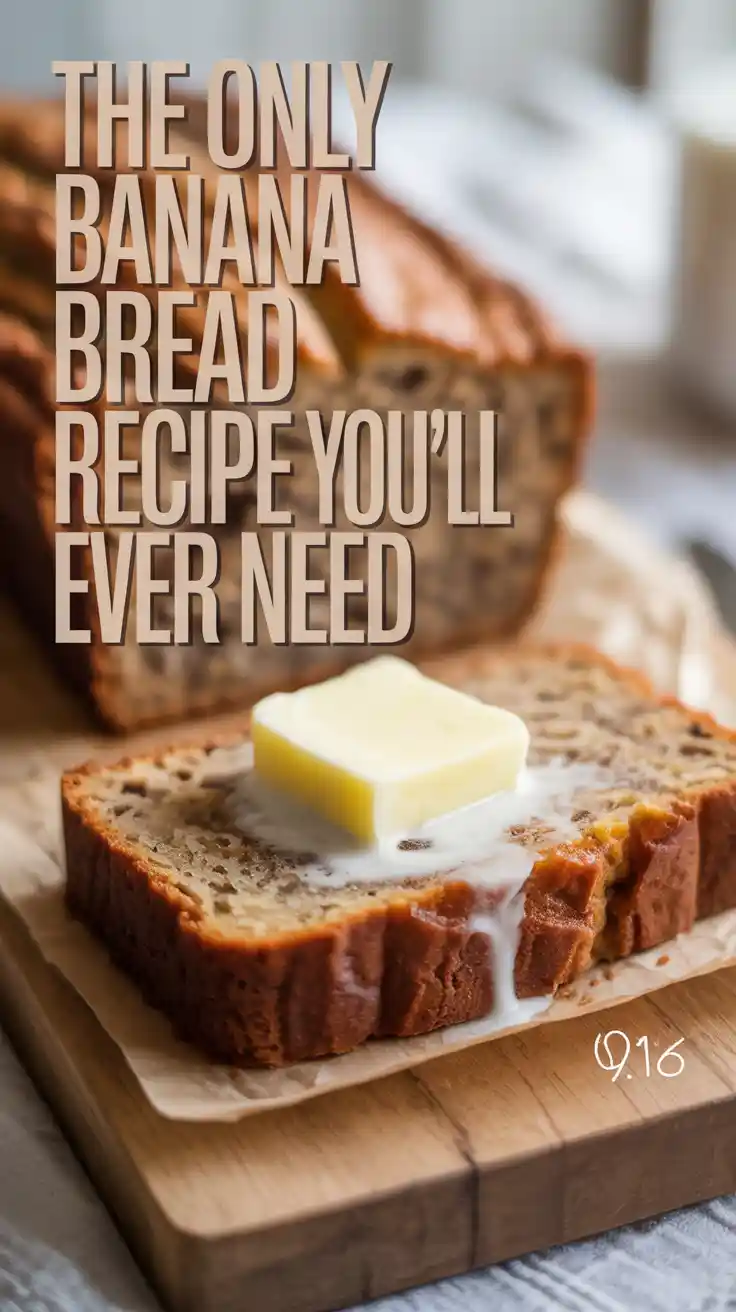How to Make Black Beans From Scratch (and Never Look Back at a Can)
Let’s be honest, we’ve all been there. Standing in the grocery aisle, staring at a wall of canned beans, thinking, “This is fine.” And it is fine. Canned beans are convenient. But what if I told you that with a tiny bit of foresight and a bag of dried beans that costs less than your morning coffee, you could unlock a world of flavor and texture that will make you look at those cans with pity? Welcome, my friend, to your official guide on how to make black beans from scratch.
This isn’t just about cooking; it’s about a culinary glow-up. We’re talking about transforming those humble, rock-hard little pebbles into creamy, flavorful, and incredibly versatile gems. It’s easier than you think, and the payoff is huge. Ready to graduate from can-opener connoisseur to a true bean boss?
Why This “Recipe” Is a Kitchen Superpower
Why would you bother with dried beans when a can is just a pop-top away? Oh, let me count the ways this simple skill will change your culinary life.
First and foremost, the flavor and texture are vastly superior. Homemade black beans are incredibly creamy on the inside while holding their shape perfectly. They don’t have that slightly metallic taste or the mushy consistency that often plagues their canned cousins. You can actually taste the bean! What a concept.
Second, it is ridiculously cheap. A one-pound bag of dried black beans will yield about 6-7 cups of cooked beans, which is the equivalent of about four cans. You can do the math. Your wallet will thank you.
Finally, you are the master of your bean destiny. You control the salt, the seasonings, and everything else. No weird preservatives or an alarming amount of sodium unless you put it there yourself. It’s a simple, wholesome, and incredibly satisfying process.
The Simple, Humble Ingredient List
Prepare to be underwhelmed by the simplicity of this shopping list.
- Dried Black Beans: 1 pound (about 2 cups). This will be your main event.
- Water: For soaking and cooking.
- Aromatics (The Flavor Builders):
- 1 medium onion, peeled and halved.
- 3-4 cloves of garlic, smashed with the side of your knife.
- 1-2 bay leaves.
- Salt: 1 to 2 teaspoons. We’ll discuss the great “when to salt” debate in a moment.
- Optional but Awesome: A tablespoon of olive oil or a small piece of bacon or salt pork for added richness.
A quick note for my friends in Khulna: During the monsoon season, a big pot of these simmering on the stove is the ultimate cozy comfort. You can find dried black beans (kala sim) in most larger markets and super shops.
Your Bean-Wrangling Toolkit
No fancy gadgets required for this ancient and noble art.
- A Large Bowl or Pot: For soaking the beans.
- A Colander or Large Sieve: For rinsing.
- A Large, Heavy-Bottomed Pot or Dutch Oven with a Lid: This is where the magic happens.
- A Slotted Spoon: For fishing out your aromatics later.
Step-by-Step: From Rock-Hard to Heavenly
Ready to transform those little pebbles? The process is mostly hands-off, so don’t be intimidated.
Step 1: The Sort and Rinse
This is the least glamorous but a necessary step. Pour your dried beans onto a baking sheet or a clean countertop and quickly sort through them. You’re looking for any small stones, debris, or sad, shriveled-up beans. Once you’ve picked out any misfits, give the beans a good rinse under cold water in your colander.
Step 2: The All-Important Soak
Soaking rehydrates the beans, helps them cook more evenly, and can make them easier to digest. You have two options:
- The Long Soak (The Best Method): Place your rinsed beans in a large bowl and cover them with cold water by at least 3-4 inches. Let them sit on your counter for 8 hours or overnight.
- The Quick Soak (For the Impatient): Place the rinsed beans in a large pot and cover with water by 3-4 inches. Bring to a rolling boil and cook for 2 minutes. Then, turn off the heat, cover the pot, and let the beans sit for 1 hour.
Step 3: Drain and Start Anew
Whichever method you chose, drain the soaking water and give the now-plump beans another good rinse.
Step 4: The Simmering Party
Place your soaked and rinsed beans back into your large pot or Dutch oven. Add your aromatics: the halved onion, smashed garlic cloves, and bay leaves.
Cover the beans with fresh cold water or chicken/vegetable broth so that the liquid is about 2 inches above the beans. If you’re using olive oil or bacon for richness, add it now.
Step 5: The Low and Slow Cook
Bring the pot to a boil over medium-high heat. Once it’s boiling, immediately reduce the heat to low, so the liquid is at a gentle, lazy simmer.
Cover the pot, leaving the lid slightly ajar to let some steam escape. Let the beans simmer for 1 to 1.5 hours. The exact time will depend on the age and size of your beans.
Step 6: The Salting Ceremony
After about an hour, start testing your beans for doneness. They should be tender and creamy all the way through. Once they are tender, it’s time to season.
Remove and discard the onion halves and bay leaves. Stir in 1 to 2 teaspoons of salt. Let the beans simmer for another 10-15 minutes to allow the salt to fully penetrate and season the beans. Taste and add more salt if needed.
Calories & Nutritional Info (A True Superfood)
Black beans are a nutritional powerhouse. This is food you can feel genuinely good about eating.
- Serving Size: ½ cup, cooked
- Estimated Calories: 110-130
- Protein: A fantastic 7-8g.
- Fiber: A whopping 7-8g. Great for digestion and keeping you full.
- Carbohydrates: About 20g, mostly complex carbs.
- Fat: Very low (less than 1g).
- Nutritional Note: Black beans are packed with fiber, protein, folate, and antioxidants. They are a fantastic, affordable, and healthy staple.
Common Mistakes to Avoid (Save Your Beans!)
- Skipping the Soak: While you can cook beans from dry, it will take much longer, and they may not cook as evenly. Soaking is highly recommended.
- The Hard Bean Tragedy: If your beans are still hard after hours of cooking, a few things could be wrong. Your beans might be old. Dried beans have a shelf life! Or, your cooking water might be very hard. A tiny pinch of baking soda in the soaking water can help soften them.
- Salting Too Early: This is a hotly debated topic, but many chefs agree that adding salt at the beginning of the cooking process can result in beans with tougher skins. Wait until the beans are tender before you add the salt.
- Boiling Vigorously: A hard, rolling boil will knock your beans around, causing them to break apart and turn into a mushy mess before they’re fully cooked. A gentle, lazy simmer is the key to perfectly intact, creamy beans.
Variations & Customizations (Your Bean, Your Rules)
Plain, perfectly cooked black beans are amazing, but they’re also a fantastic canvas for other flavors.
1. Spicy Black Beans
Toss a dried chili pepper (like an ancho or guajillo) or a fresh, halved jalapeño into the pot while the beans simmer. You can also add a teaspoon of chili powder and ½ teaspoon of cumin with the salt at the end.
2. Smoky Black Beans
Add a teaspoon of smoked paprika and a ½ teaspoon of ground cumin when you add the salt. For an even smokier flavor, add a chipotle pepper in adobo sauce to the simmering liquid.
3. Classic Cuban-Style (Frijoles Negros)
Once your beans are cooked, create a sofrito. In a separate skillet, sauté a chopped green bell pepper and another chopped onion in olive oil until soft. Add a few more cloves of minced garlic and cook for another minute. Stir this mixture into your pot of cooked beans along with a tablespoon of red wine vinegar and a teaspoon of dried oregano. Simmer for another 15 minutes. It’s incredible.
FAQ: Your Burning Bean Questions, Answered
Let’s clear up some common questions about cooking dried beans.
1. Do I really, truly have to soak the beans? It’s highly, highly recommended for the best texture and even cooking. If you’re in a pinch and don’t have time, you can cook them from dry, but plan on a much longer cooking time (closer to 2.5-3 hours). The quick soak method is a great compromise.
2. Can I make these in an Instant Pot or pressure cooker? Absolutely! For a pressure cooker, there’s no need to soak. Just rinse the beans, add them to the pot with the aromatics and cover with water by 2 inches. Cook on high pressure for 20-25 minutes, then let the pressure release naturally for at least 20 minutes before seasoning with salt.
3. How many cups of cooked beans does 1 pound of dried beans make? One pound of dried beans will yield about 6 to 7 cups of cooked beans, which is equivalent to about 4 standard (15-ounce) cans.
4. Why is the cooking liquid so dark and inky? That’s the natural pigment from the black beans! That liquid, often called “potlikker,” is full of flavor and nutrients. Don’t throw it out! Store your beans in it.
5. How should I store my homemade cooked beans? Store them in an airtight container in the refrigerator, submerged in some of their cooking liquid to keep them from drying out. They will last for 4-5 days.
6. Can I freeze cooked black beans? Yes! They freeze beautifully. Let them cool completely, then freeze them in freezer-safe bags or containers with a little of their cooking liquid. They’ll last for up to 6 months.
7. My beans are still not getting soft. What’s the deal? This is almost always due to one of two things: your beans are very old (dried beans lose their ability to soften over time), or your water is very hard. Adding a ¼ teaspoon of baking soda to the soaking water can help soften the beans if you have hard water.
Final Thoughts
You’ve done it. You’ve stared into the face of a humble bag of dried beans and transformed it into a pot of creamy, flavorful, and incredibly versatile goodness. You have officially leveled up your kitchen game and mastered a fundamental cooking skill that will save you money and make your meals taste a million times better. So go forth and enjoy your perfectly cooked beans. Put them in tacos, salads, soups, or just eat them with a spoon. And the next time you walk past the canned bean aisle, you can just give a little, knowing smile. You’re better than that now.




